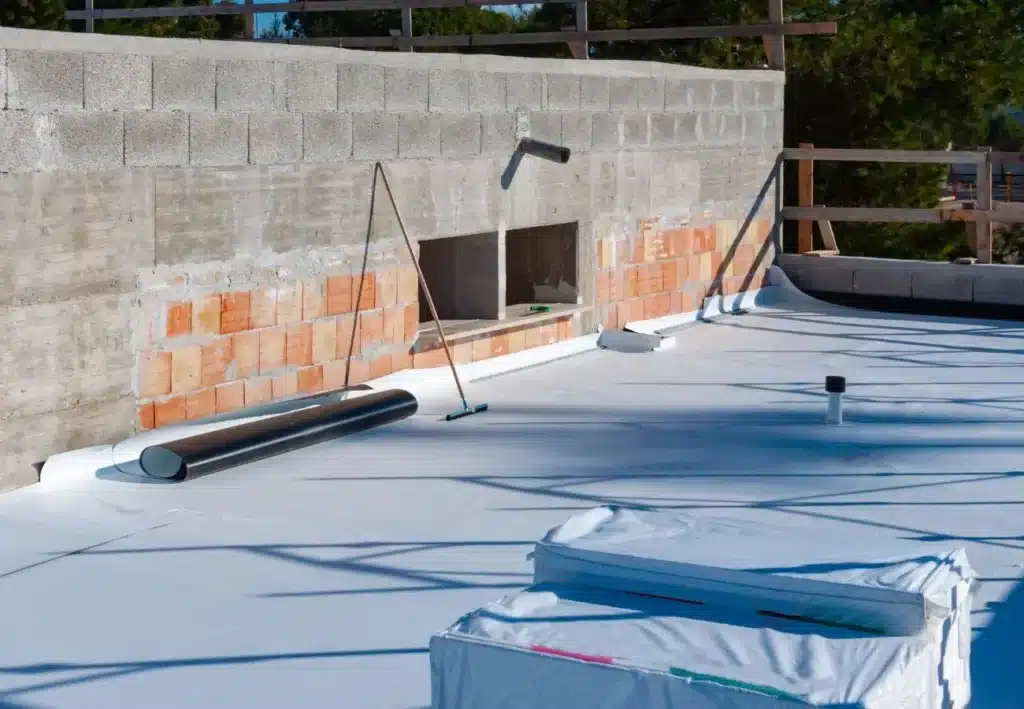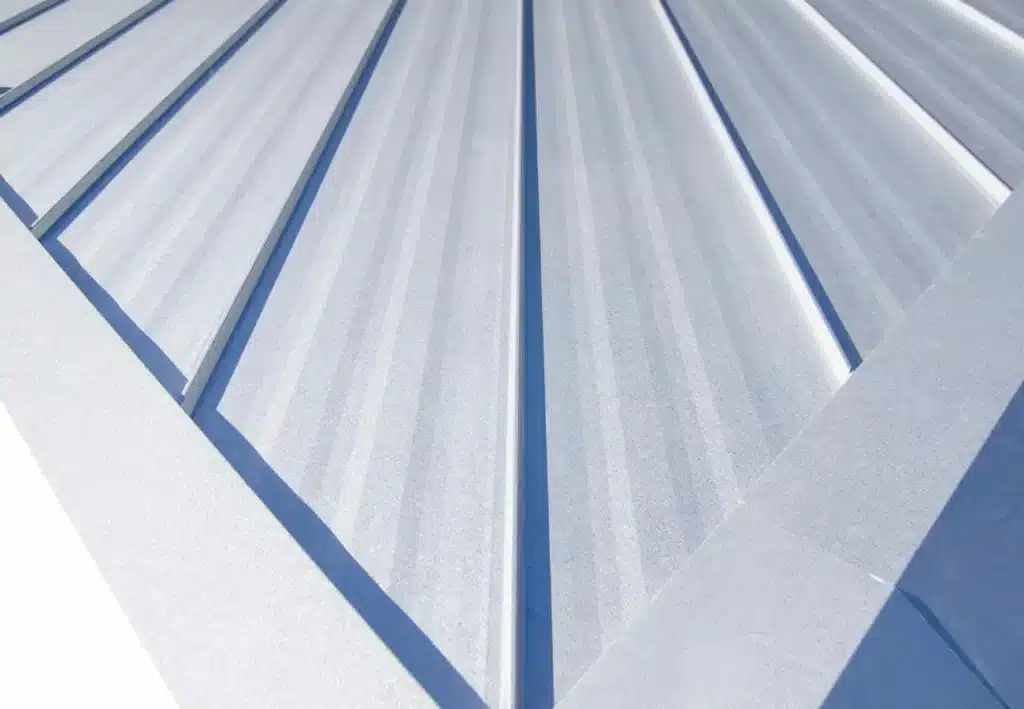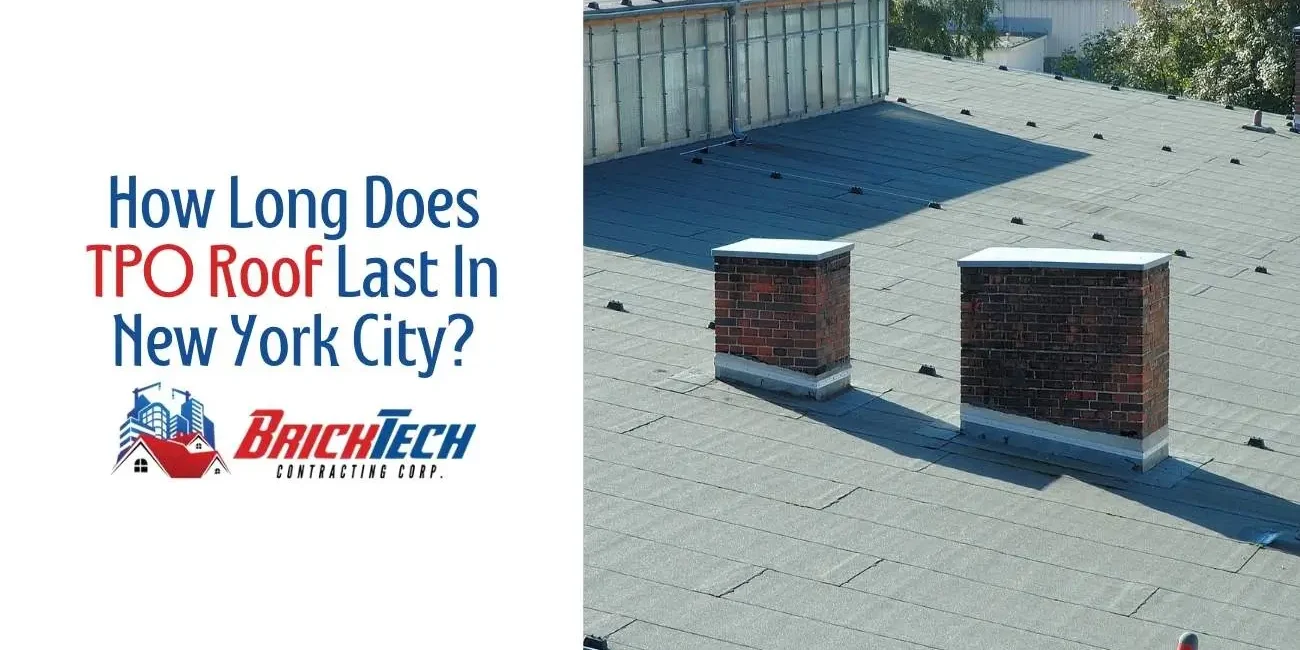In recent years, Thermoplastic Polyolefin (TPO) roofing has gained popularity among homeowners seeking cost-effective and energy-efficient solutions. Known for its durability and reflective properties, TPO roofing offers a unique blend of benefits that appeal to eco-conscious individuals and those looking to reduce energy bills. But how long does TPO roof last, and what can homeowners do to ensure they get the most out of their investment? This guide explores the factors influencing TPO roof lifespan, signs of wear, and maintenance tips to extend its longevity.
Introduction to TPO Roofing
What is a TPO roof?
Thermoplastic Polyolefin, or TPO, is a single-ply roofing membrane commonly used for flat roofs. It combines the durability of rubber with the versatility of plastic, making it a popular choice for residential and commercial buildings alike. TPO membranes are usually white, which reflects sunlight and helps reduce cooling costs. This energy efficiency is a significant draw for homeowners looking to cut down on their utility bills.
The appeal of TPO roofing extends beyond energy savings. Homeowners appreciate its resistance to UV rays, ozone, and chemical exposure, which contributes to its longevity. Additionally, TPO roofing is lightweight, easy to install, and provides a robust waterproof barrier, protecting homes from leaks and water damage. These advantages make TPO an attractive option for anyone seeking a reliable roofing solution.
Beyond durability and energy efficiency, TPO roofing is environmentally friendly. Many TPO membranes are 100% recyclable at the end of their life cycle, minimizing environmental impact. For homeowners committed to sustainability, TPO roofing presents an opportunity to align home improvement goals with eco-friendly practices.

Factors That Affect TPO Roof Longevity
The longevity of a TPO roof depends on several factors, including installation quality, climate conditions, and maintenance practices. Understanding these elements can help homeowners make informed decisions about their roofing investments and maximize the lifespan of their TPO membranes.
First and foremost, quality installation is crucial for the durability of a TPO roof. Professional installation ensures that seams are properly welded and the membrane is securely adhered to the substrate. Poor installation can lead to premature failures, such as leaks and material degradation. Therefore, selecting experienced contractors specializing in TPO roofing is vital for long-term performance.
Climate also plays a significant role in determining how long a TPO roof lasts. Regions with extreme temperatures, intense sunlight, or severe weather conditions can accelerate wear and tear on TPO membranes. While TPO is designed to withstand various environmental challenges, consistent exposure to harsh elements may reduce its lifespan. Homeowners in these areas should be aware of potential impacts on their roofs.
Maintenance is another critical factor influencing TPO roof longevity. Regular inspections, cleaning, and timely repairs can significantly extend the life of a TPO membrane. Neglecting maintenance can result in minor issues escalating into costly repairs or even necessitating a full roof replacement. Homeowners are encouraged to develop a proactive maintenance plan to address potential concerns before they become significant problems.
Average Lifespan of TPO Roofs
On average, a TPO roof lasts between 15 to 20 years, but this can vary based on the factors mentioned above. With proper installation and maintenance, some TPO roofs have been known to exceed this range, providing reliable service for up to 30 years. However, it’s essential for homeowners to recognize that TPO roofing, like any material, will eventually require replacement.
Experts agree that while the average TPO roof lifespan is similar to other single-ply roofing systems, its potential for energy savings and environmental benefits sets it apart. The financial savings from reduced energy costs and potential tax incentives for energy-efficient upgrades can offset initial installation expenses, making TPO a wise investment for many property owners.
It’s also worth noting that advancements in TPO manufacturing technology continue to improve the durability and performance of these membranes. Homeowners considering TPO roofing today benefit from innovations that enhance resistance to tears, punctures, and UV degradation. As a result, newer TPO roofs may enjoy longer lifespans than earlier generations.
Signs of TPO Roofing Wear and Tear
Identifying early signs of wear and tear in TPO roofing can help homeowners address issues before they escalate. Regular roof inspections, whether performed by a professional or a vigilant homeowner, are essential for detecting potential problems and extending the lifespan of TPO roofs.
One common sign of TPO roof wear is seam separation. Over time, high winds, temperature fluctuations, and improper installation can cause seams to pull apart, leading to water infiltration. Homeowners should inspect their roofs for any visible gaps or loose seams and address them promptly to prevent leaks and damage.
Another indicator of TPO roof degradation is surface cracking or punctures. While TPO membranes are designed to be resistant to physical damage, sharp objects, hail, or falling debris can cause punctures or cracks. Regularly examining the roof surface for any irregularities and repairing damage as soon as it’s discovered can help maintain the roof’s integrity.
Pooling water on a TPO roof is a red flag that should not be ignored. Improper drainage or roof pitch can lead to standing water, which can accelerate membrane degradation and compromise structural integrity. Ensuring that gutters and drains are clear and functioning correctly is critical in preventing water-related damage.

Extending the Life of Your TPO Roof
Homeowners can take several proactive steps to extend the life of their TPO roofs, ensuring they get the most out of their investment. Regular maintenance, timely repairs, and professional inspections are key components of a successful TPO roof care strategy.
Establishing a routine maintenance schedule is essential for identifying and addressing potential issues before they become serious problems. Homeowners should conduct visual inspections at least twice a year, ideally in the spring and fall, to check for signs of wear and tear. Removing debris, such as leaves and branches, from the roof surface can prevent damage and improve drainage.
In addition to regular inspections, scheduling professional roof assessments every few years can provide valuable insights into the condition of a TPO roof. Roofing professionals have the expertise to identify subtle issues that may go unnoticed by untrained eyes. Their recommendations can guide homeowners in making informed maintenance and repair decisions.
Repairing minor problems promptly is crucial for extending the lifespan of a TPO roof. Addressing issues like seam separation, punctures, or drainage problems as soon as they are identified prevents them from escalating into more significant concerns. Homeowners should work closely with experienced roofing contractors to ensure repairs are performed correctly and efficiently.
Conclusion
TPO roofing offers homeowners a durable, energy-efficient, and environmentally friendly solution that can withstand the test of time. By understanding the factors that influence TPO roof lifespan and adopting proactive maintenance practices, homeowners can maximize the benefits of their investment and enjoy peace of mind.
Regular inspections, timely repairs, and professional guidance are essential for extending the life of a TPO roof. Homeowners should remain vigilant for signs of wear and tear, addressing issues promptly to prevent costly damage. By taking these steps, property owners can ensure their TPO roofs deliver reliable performance for years to come.
For homeowners in NYC seeking expert residential or commercial roofing services, Brick Tech Contracting Corp offers comprehensive solutions tailored to the unique needs of each client. Whether you require installation, maintenance, or repair, our team of professionals is equipped to handle all aspects of TPO roofing. Contact Brick Tech Contracting Corp today for a consultation and take the first step toward a long-lasting, high-performance roof.








